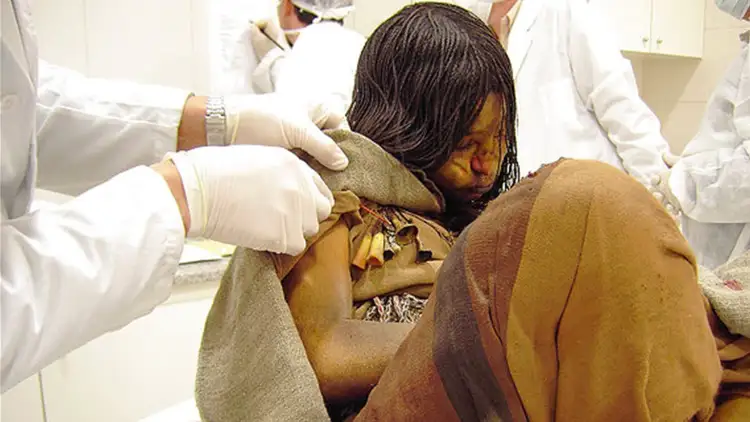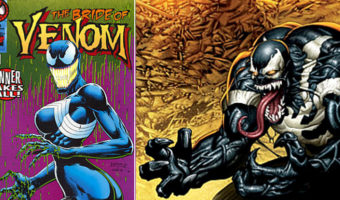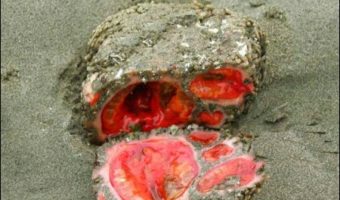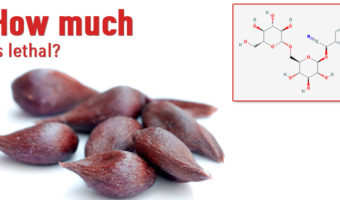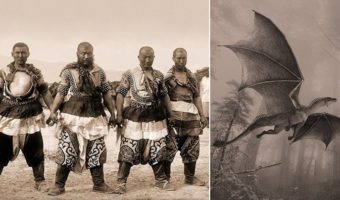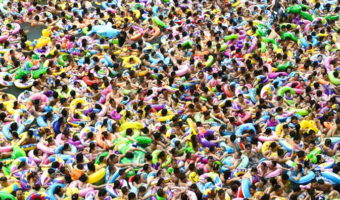Incan Girl Who Had Been Frozen For 500 Years
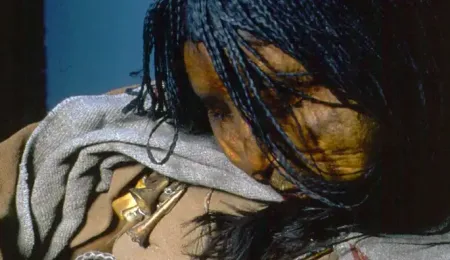
At first glance, this might seem like a photo of a normal girl being treated by a doctor; however, the girl in the photo is not a living individual but the mummy of a 15-year-old child who has been dead for about 500 years.
She was discovered in 1999 near the summit of Llullaillaco, at 6,739 meters. An Argentine-Peruvian expedition found her perfectly preserved body, and she was nicknamed “La Doncella,” which means “The Maiden.” According to the Incas, she was chosen to live with the gods. But in reality, she was a sacrifice to the Inca gods, having been brutally killed in the name of religion.
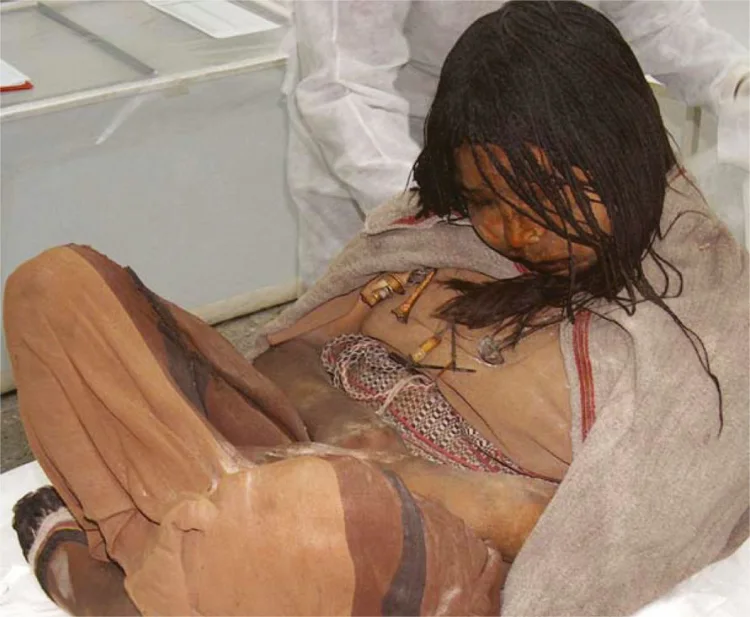
Scientists say that her organs are intact, making it appear as though she had died just a few weeks ago.
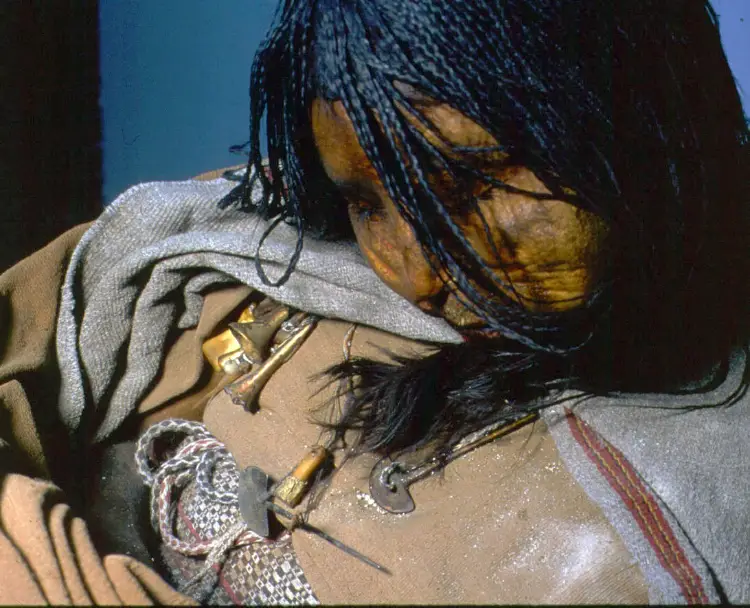
By analyzing samples of her hair, they were able to determine the diet she followed before her death. This led to the discovery that the Incas fattened their children before sacrificing them. Months or even years before the sacrificial pilgrimage, these children were given diets reserved for the elite, consisting of maize and animal proteins.
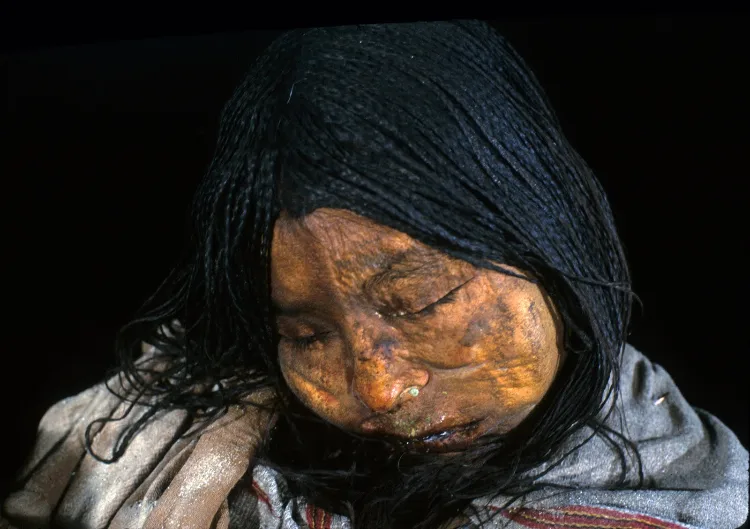
Judging from the condition of the body, it is believed that she was drugged and left to die in the mountains, where exposure would have quickly led to her death.
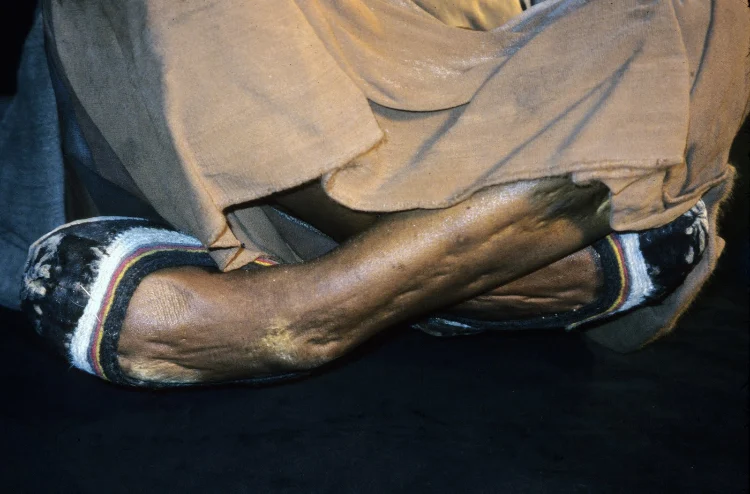
The Incan high priests brought their victims to high mountaintops for sacrifice. Given the extremely long and arduous journey, especially for younger victims, coca leaves were fed to them to aid their breathing, enabling them to reach the burial site alive. Upon arrival, the children were given an intoxicating drink to minimize pain, fear, and resistance, and were then killed either by strangulation, a blow to the head, or by being left to lose consciousness in the extreme cold and die of exposure.
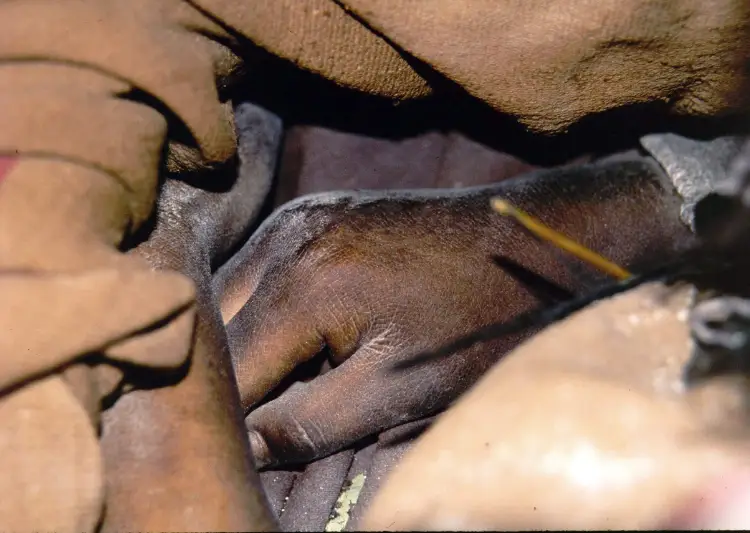
Many Inca children were offered as sacrifices during or after important events, such as the death of the Sapa Inca (who was the emperor) or during a famine. These sacrifices were known as capacocha.
Why Only Children?
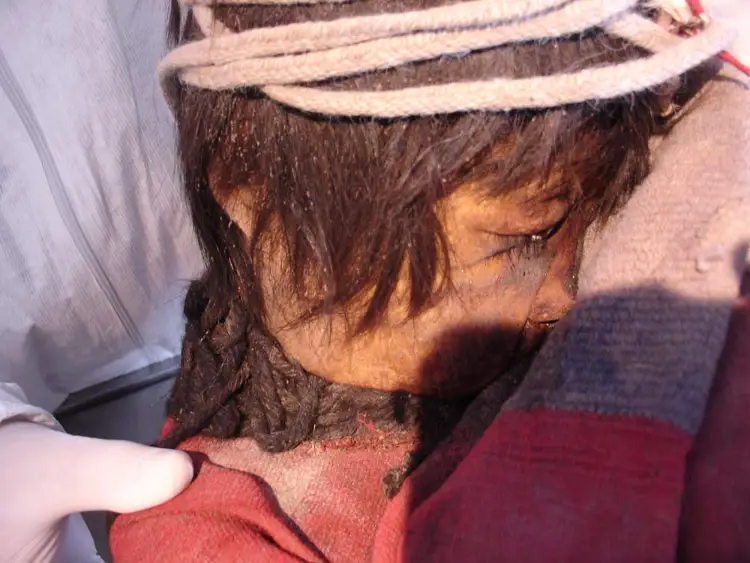
Children were selected for sacrifice because they were considered to be the purest of beings. They were chosen for their beauty and possibly their nobility.
According to Inca beliefs, such children were to serve as guardians for their villages from the heights of the mountains, joining their ancestors and being honored in death. The children wore shoes or slippers and dressed in colorful clothing, elaborately decorated with metal, bone, and cords. More than 100 precious ornaments were found to be buried with these children at the burial site. They were loosely wrapped in shawls and seated cross-legged, as if they had fallen asleep after being drugged.
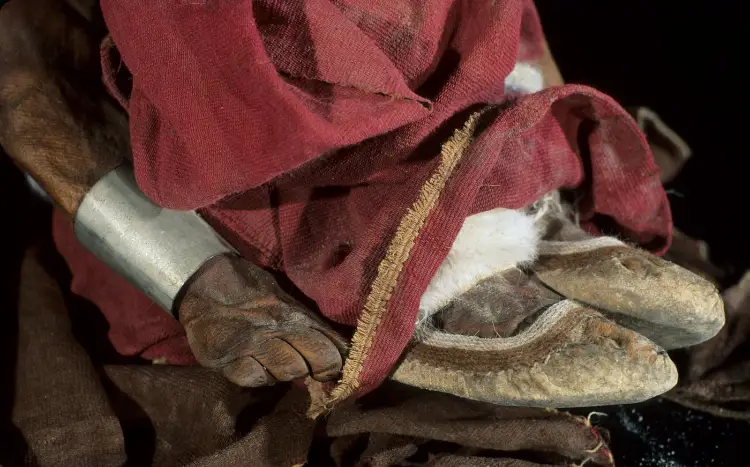
Early colonial Spanish missionaries wrote about this practice, but it is only recently that archaeologists such as Johan Reinhard have begun to find the bodies of these victims on Andean mountaintops, naturally mummified due to the freezing temperatures and dry, windy mountain air.
Finding these child sacrifices tells us much about the Incas, but there are many more mummies.
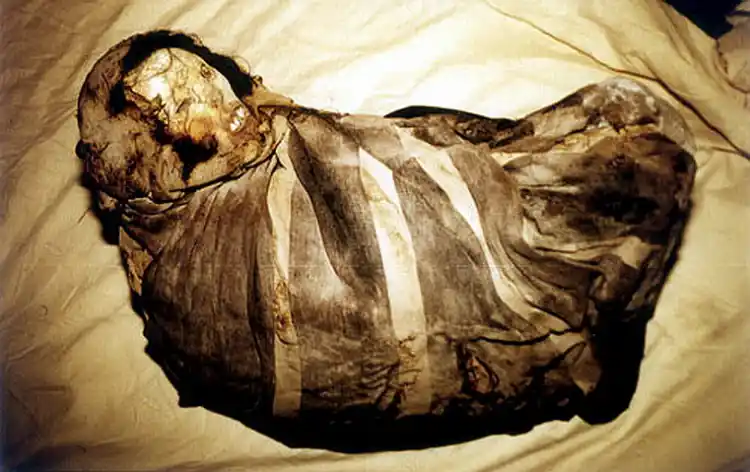
In 1995, on Mount Ampato, the nearly fully frozen body of a young Inca girl, later known as Mummy Juanita, was found. Shortly thereafter, two additional ice-preserved mummies, a girl and a boy, were discovered in close proximity, all exhibiting signs of having been killed by a blow to the head.
[Sources:1,2,3]














